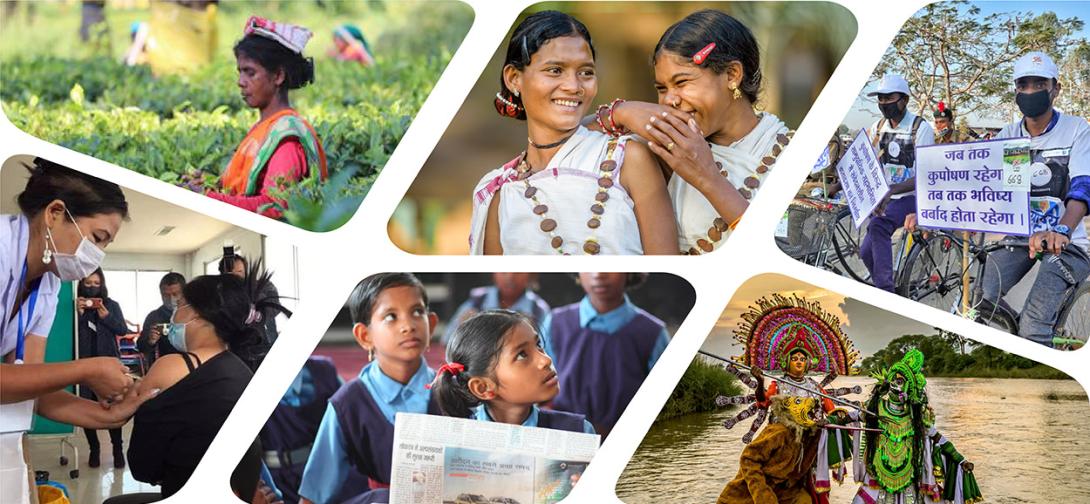Diversifying Skill Training and Livelihood Opportunities in Kupwara
One thing that really struck me during my visit to Kupwara, apart from the scenic beauty of this district—situated at an average altitude of 5300 feet from the sea level and bound by the line of control towards the north—is the amazing potential its rural economy possesses. As a village elder pointed out during my interaction with the youth and progressive farmers in Kuchloo, ‘Youth in the region feel strongly connected to the local ecosystem.’ In Gulgam, where I participated in the inauguration of a honey processing unit, the district administration, led by the district development commissioner, was working on labeling and marketing ‘Kupwara honey’ for national and international markets. The beekeepers were encouraged to register themselves with Farmers’ Producer Organisation (FPO) so they could be provided identity cards to enable easy movement outside the district and the state.
Going forward, along with the introduction of skilling activities in poultry, food processing, dairy farming and agriculture, it will be important to tap the potential of the rural economy through training the youth in entrepreneurship skills. Enterprising youth need to be encouraged to launch their own start-ups in areas such as farming, food processing and packaging (juices, jams, honey, chocolates, bakery etc.). Technology solutions could support farmers and entrepreneurs to increase crop productivity using big data analytics, artificial intelligence and remote sensing to improve land management, crop-cycle monitoring and harvest traceability.
Kupwara district also runs a unique initiative of ‘mobile skill training’ in kani shawl-weaving and traditional crewel embroidery for women. A group of 25–30 women in a village are trained in sheds, which are rented spaces in the houses of local residents. Once women trainees in a particular village have finished with their course, the skill centres move to other localities and villages. At present, kani shawls—the finished products associated with intricate workmanship and arduous labour—are sold to local dealers who may take the product for selling outside the local region. There is thus, at present, only an informal mechanism in place for marketing this exquisite product that has a very high value in the market. Certain priority areas can be identified to further develop this model of skill training, which has tremendous potential in creating sustainable livelihoods for women, particularly younger women and girls. First, along with imparting training in weaving and embroidery, emphasis also needs to be given to entrepreneurial skills. These need to include a focus on finishing, packaging and quality of the product. The master trainers need to be trained in these aspects. A cooperative or self-help group of girls/women can be set up and the initiative can be given a name, which can then be used for branding. Enterprising women from among these trainees need to be identified who can, in turn, mobilize other women for forming cooperatives, obtain raw materials and other resources and market the product. This initiative can be linked to e-commerce platforms such as Amazon, Flipkart, etc.
Counseling the youth is a crucial step to making them aware about the possibilities they have for their career and livelihood. For this, counseling centres need to be set up. The district’s model of mobile training can be imbibed for counseling. A counseling drive can be launched that reaches out to the youth in the interior villages. Such counseling needs to create awareness about opportunities both in wage/salaried employment as well in entrepreneurship. Students interested to take up employment opportunities outside the state can be provided guidance as well as encouragement from role models. These measures can then help tap the immense potential offered by the region both in terms of its natural resources and the great talent and energies its youth possess.
*Dr Sakshi Khurana is Consultant, NITI Aayog. Views expressed are personal.
 National Portal Of India
National Portal Of India 


